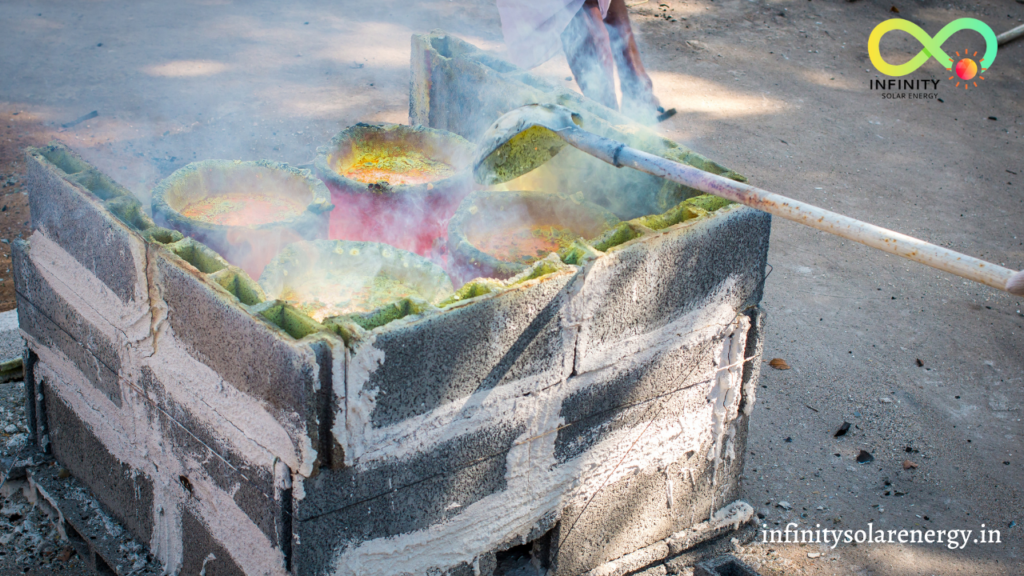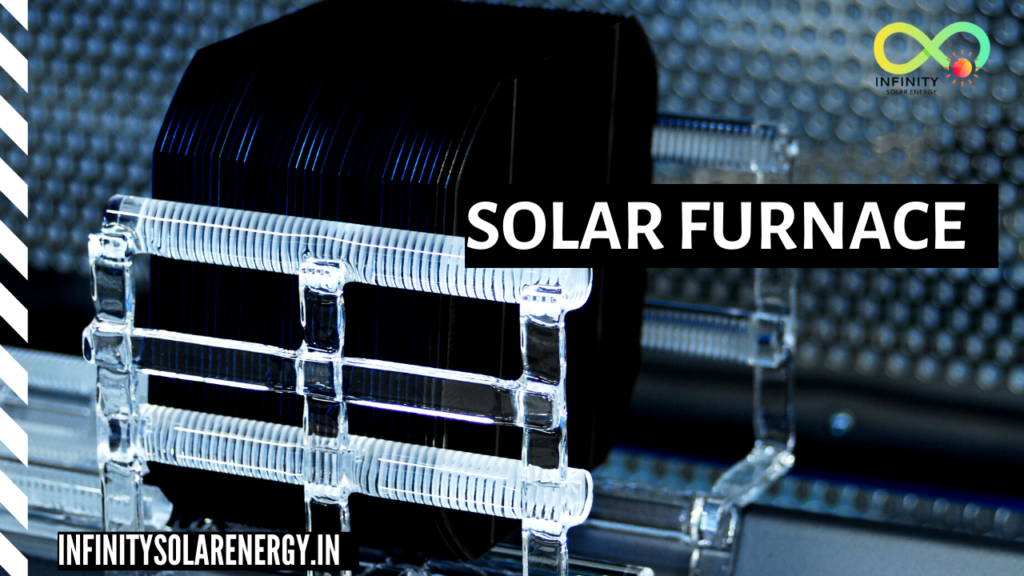Nowadays, there is a lot of talk about the environment and the impact that human beings are having on it. This is not a new issue, but has been an ongoing discussion for the last few decades. As technology has advanced, we have seen new solutions to this problem emerge. One solution is solar furnaces. Solar furnaces offer a clean energy source, which can be affordable for everyone in the world.
They are also sustainable and environmentally friendly as they do not produce any emissions or greenhouse gases into the air. These benefits make solar furnaces one of the best solutions for our current environmental crisis. Here, are some reasons why you should consider investing in solar furnaces today!
What is the solar furnace?
Solar furnaces involve concentrating the sun’s rays to generate high temperatures for industrial processes. The solar furnace converts heat energy to mechanical energy using a flat silicon tube as a focal point. If the tube can be completely shielded from the sun, the temperature can reach 3,500 °C (6,330 °F). This temperature is hot enough to melt high-strength steel. The tube also has a wide surface area so that the heat can be transferred to another object, such as a liquid or the environment.
Designed to be rugged and portable, People can operate solar furnaces in remote locations without access to electricity. There are three types of solar furnaces, those based on absorption, conduction, and thermal conduction.
Why are they important?

Energy and heat are the two most considerable requirements for new solar technology. The International Energy Agency (IEA) predicts that the world will be short of energy by approximately 45% in 2040. To meet this need, it has focused on affordable, renewable energy solutions.
Solar furnace technology is one such method that could be an effective way to produce the energy required in the future. It may be the solution we are waiting for. Current solar technology has many drawbacks. The main issues are how to store the energy, how to avoid the emission of heat and light, and how to reduce the cost. The energy problem is the biggie. The vast majority of the energy produced in the world is wasted.
How do they work?

The primary purpose of the solar furnace is to generate high-temperature industrial processes, as opposed to concentrating sunlight into photovoltaic cells. Unlike photovoltaic panels, which capture sunlight and convert it into electricity via a photovoltaic cell, the solar furnace converts heat directly to work (either electricity, steam, ac Etc.) as the light first hits the solar receiver (such as a double-sided parabolic mirror), and then hits the focal point.
Once the light has hit the focal point, a furnace tube is constructed inside the focal point and directed onto a pan of molten metal. Some parabolic mirrors are made of polymer plastic or composite materials.
Uses of solar furnaces
A solar furnace to produce heat is ideal for remote areas because an industrial site can be built in as little as one day, and the stove can be built in days or even hours. Solar furnaces are also being used to process natural gas, making methane or other hydrocarbon fuels that may be used as an alternative to natural gas and transport of heat over longer distances. This would decrease the need for pipelines or power plants and lead to reduced greenhouse gas emissions.
Solar furnace technology has many other applications, including hydrogen production, where steam is produced from methane in the fuel cell. Methane is significant for the modern world, as it is a clean fuel and can be used to generate power or transport.
Conclusion
In 2018, solar energy technology continued to advance; investing in this system was very worthwhile. It will be interesting to see what the future holds for the investment and what technologies are created to make solar power even more accessible. In the meantime, solar power is a clean and cheap energy source for people worldwide. Thank you for reading.

